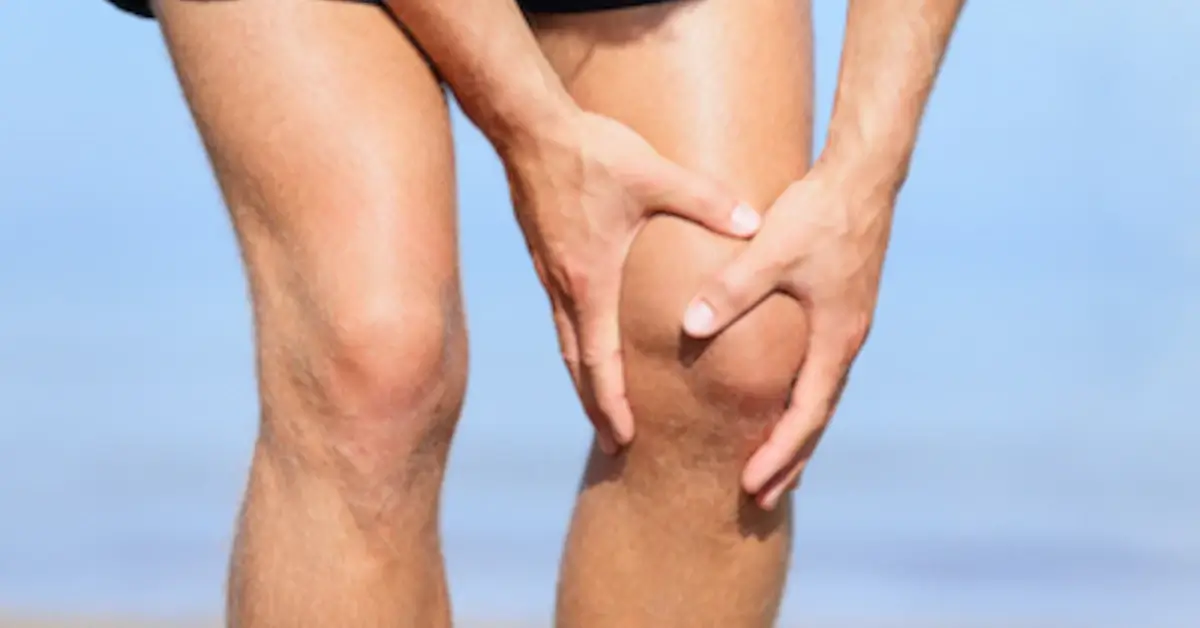Knee Pain
Knee pain is one of the most common complaints that patients have when they visit the doctor’s office. As the largest joint in the body, knees are specifically involved with walking and running, and managing most motions including walking and running. When there is injury to the ligaments of cartilage, movement can result in extreme pain. In addition, knee pain can be the result of medical conditions including arthritis, cysts, and Runner’s Knee, among others. Depending on whether the pain is as a result of an injury or a medical condition, it can be felt in different parts of the knee. The location of the pain can serve as an indicator of what is happening inside the knee.
Behind the Knee Pain
Pain behind the knee can present in a number of ways. Some patients complain about sharp pain, while others experience swelling, and others find their discomfort to be more ache-like and dull. Depending on the kind of pain presented, different conditions would be diagnosed. Most frequently, patients with pain behind the knee, who are also experiencing swelling, may have a cyst. A cyst, specifically a Baker’s cyst, is an inflammation of the fluid filled sac behind the knee known as the popliteal bursa. When this area is inflamed, it gets very swollen and painful. It usually happens as a result of an injury to the back of the knee, but the swelling does not always happen right away. If it is not as a result of injury, it is usually linked to arthritis, when the joint produces too much liquid that begins to leak into the back of the knee.
In terms of injuries, knee sprains and hamstring injuries are often the most common source of pain in the area. When the hamstring is torn or strained, patients experience pain behind the knee because that is where the hamstring tendon attaches to the bone. Hamstrings are frequently injured during physical activity, specifically when improper or no stretching has occurred. Knee sprains occur when patients tear or overstretch ligaments in the knee. This results in pain and swelling that worsens with movement. For both of these injuries, the treatment usually involves rest, depending on the degree of damage.
Front of the Knee Pain
Pain in the front of the knee is the most common part of the knee where pain presents. Similar to the back of the knee, the degree of pain varies depending on the injury that the patient has suffered. One common injury that causes pain in this area is Runner’s Knee. The kneecap, or patella, may be out of alignment from heavy stress on the knees from physical activity like running or skiing. Because the knee is so delicate, if one of the components is out of place, the balance of the rest of the knee can be impacted, resulting in pain. In Runner’s Knee, with the kneecap out of alignment, there is excess stress on the cartilage of the kneecap, causing pain. This pain worsens during physical activities like walking up and down the stairs, kneeling, or squatting. Another condition that can cause pain in the front of the knee is known as Osgood-Schlatter disease. This is most frequently seen in physically active adolescent boys and girls that have undergone a growth spurt, and can cause a painful lump to form underneath their kneecaps.
Inner Knee (Medial) Pain
Medial knee pain occurs on the inner side of the knee, and is more common than pain on the outside of the knee. The frequency of pain in this area stems from how the knee joint distributes weight. When there is muscle tightness or weakness in the knee area, the inner part of joint starts to absorb more of the weight, as opposed to it being distributed evenly. With this area now holding more weight than it is accustomed to, frequent injuries are likely and pain is experienced. One of the injuries that can impact the medial knee is a Medial Collateral Ligament (MCL) tear. This injury usually occurs after the knee twists in a strange way or there is blunt force to the area. Depending on the injury, the ligament can tear differently, which is graded by degrees.
Arthritis is another common cause of medial knee pain. The deterioration of cartilage around the inner side of the joint can cause pain, as well as stiffness and reduced movement. If you are experiencing knee pain in this area, it could be due to these two conditions or others that place excessive force on the knee joint.
Outer Knee (Lateral) Pain
Though outer knee pain is less common than pain on the inner knee, it can still sometimes present this way depending on the injury. A condition known as Iliotibial Band Syndrome (ITBS), which commonly impacts runners, can cause pain on the outer knee when the heel strikes the floor. Patients with this condition have pain in the outer knee that then radiates up the length of the thigh. It can be misdiagnosed as Runner’s Knee, but has distinct differences. The Iliotibial Band is a stretch of thick tissue that runs down the outside part of the thigh and reaches the knee. When the band gets irritated, usually from friction caused by running, inflammation occurs, leading to pain.
If you are experiencing lingering knee pain that lasts longer than two weeks, it is time to consult a doctor. Not treating an injured knee is likely to only make your symptoms worse, not better. Knee pain can impact most daily activities, and is something that should be resolved as soon as possible.

